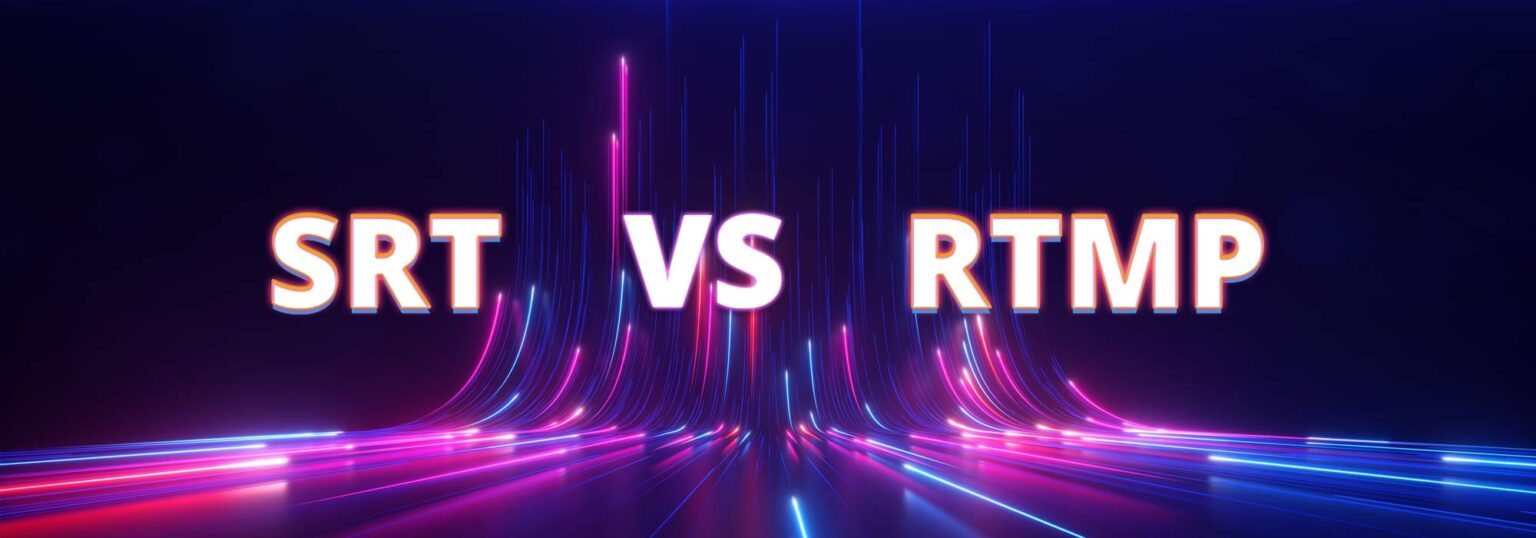Try CDNetworks
For Free
Most of our products have a 14 day free trial. No credit card needed.

Streaming has become the backbone of modern content delivery, transforming how businesses connect with audiences worldwide. From on-demand video platforms serving millions of viewers to gaming companies pushing real-time updates to players globally, the streaming ecosystem continues to expand at an unprecedented rate. As audiences grow and demand more immersive experiences, businesses face increasing pressure to deliver high-quality content quickly and reliably across the globe. This rapid evolution of streaming technology and expanding user base presents exciting opportunities and significant challenges for content providers.
For online streaming alone, the global market is forecasted to grow by $507 billion through 2028 and already accounts for 23% of global viewing time, per a report by Conviva, an online video optimization and analytics provider.
Key to the continued rise of these trends is the rapid adoption of various streaming protocols, including SRT (Secure Reliable Transport) SRT and RTMP (Real-Time Messaging Protocol).
Streaming protocols are integral components of online multimedia experiences. They determine how data is transmitted from a media source to an end user’s device, enabling real-time playback without downloading the entire file. These protocols are designed to tackle the challenges of varying network conditions, ensuring a smooth and uninterrupted streaming experience.
Video streaming protocols, in particular, focus on delivering video content efficiently. They take into account factors like latency, quality, and reliability to provide a seamless viewing experience. These protocols are the backbone of streaming platforms, enabling you to watch high-definition videos in real-time, engage in live broadcasts, and even participate in video conferencing.
SRT and RTMP are two commonly used streaming protocols. SRT is an open-source video transport protocol developed by Haivision and designed to connect two endpoints for delivering low-latency video and media streams across diverse networks, including the public internet. It was introduced in 2013 to enhance streaming performance over some types of networks. It has become an industry standard, especially for time-sensitive streaming use cases like live sports and breaking news. SRT relies on an intelligent packet retransmit process called ARQ (Automatic Repeat reQuest) in addition to a UDP data flow, and with AES-128 and 256-bit encryption. Since becoming open source in 2017, SRT has gained rapid adoption.
So significant has the growth of SRT been in recent years that Haivision was given an Emmy Award in 2018 for pioneering reliable streaming and also received endorsements from major industry players like Microsoft, Adobe, Wowza, and Vimeo.
RTMP was pioneered as Adobe’s solution for streaming to Flash players, defining streaming standards in the early days of online video. Its TCP-based packet retransmission system earned it a strong reputation for reliability in the streaming industry. Even though Adobe discontinued Flash support in 2020, RTMP’s proven performance and widespread compatibility have kept it a cornerstone protocol for live video streaming today.
Extensive performance testing between SRT and RTMP has revealed distinct advantages for each protocol across different streaming scenarios. From latency and reliability to security and scalability, the choice between these protocols often depends on specific streaming requirements, network conditions, and business objectives. Let’s examine how these protocols perform across key metrics that matter most to content providers.
Extensive real-world testing provides clear metrics on how these protocols perform across critical streaming parameters. The following benchmarks demonstrate measurable differences in key performance indicators:
Performance testing demonstrates SRT’s clear superiority in end-to-end latency. Streams using SRT consistently deliver more than twice the speed of RTMP. Most notably, with dedicated hardware encoding and decoding equipment, SRT achieves 5 to 12 times faster performance than RTMP.
Our testing confirms that RTMP performs adequately when sender and receiver are on the same continent. However, it consistently fails at long distances at bitrates above 2 Mbps, while SRT maintains stable performance streaming up to 20 Mbps to locations across the globe.
Beyond raw performance metrics, each protocol offers distinct features and capabilities that impact their suitability for different streaming applications. Here’s a detailed analysis of their core strengths and limitations:
SRT prioritizes security and adaptive streaming, making it ideal for sensitive content. Its proven track record in security, reliability, and adaptability has established it as a leading protocol in the streaming community. Operating with UDP (User Datagram Protocol), SRT is specifically designed for real-time applications like video streaming.
While SRT offers superior performance, certain considerations exist. Implementation requires more technical expertise and resources compared to simpler protocols. Compatibility limitations mean it may not be supported by all streaming platforms. Network conditions can still impact performance despite its advanced optimization features.
RTMP remains a robust solution for low-latency communication, particularly suitable for live broadcasts and gaming. As a TCP-based protocol, it splits streams into smaller chunks of data for faster delivery.
Key limitations of RTMP include its lack of built-in security features, creating potential vulnerability to security threats. Additional challenges include limited multi-language support and ad insertion capabilities. Firewall interactions can cause connectivity issues, impacting performance. Support for RTMP is diminishing as other protocols like HLS and MPEG-DASH gain preference among Content Delivery Networks (CDNs). Furthermore, its proprietary nature involves licensing fees and lacks community-driven development opportunities.
CDNetworks helps businesses with their live streaming needs through a number of solutions, while also being powered by our Content Delivery Network (CDN) capabilities.
These include live streaming CDN solutions such as Media Acceleration Live Broadcast as well as Low Latency Streaming, both delivering real-time and seamless streaming experiences to global users.
Our solutions also support both SRT and RTMP protocols, which means you can take advantage of our capabilities, no matter your preference.
Introducing Edge Application — CDNetworks’ serverless edge computing solution. Learn how it works, its key benefits, and real-world use cases.
CDNetworks successfully mitigated a massive-scale DDoS attack targeting a browser game platform with a large user base in Southeast Asia.